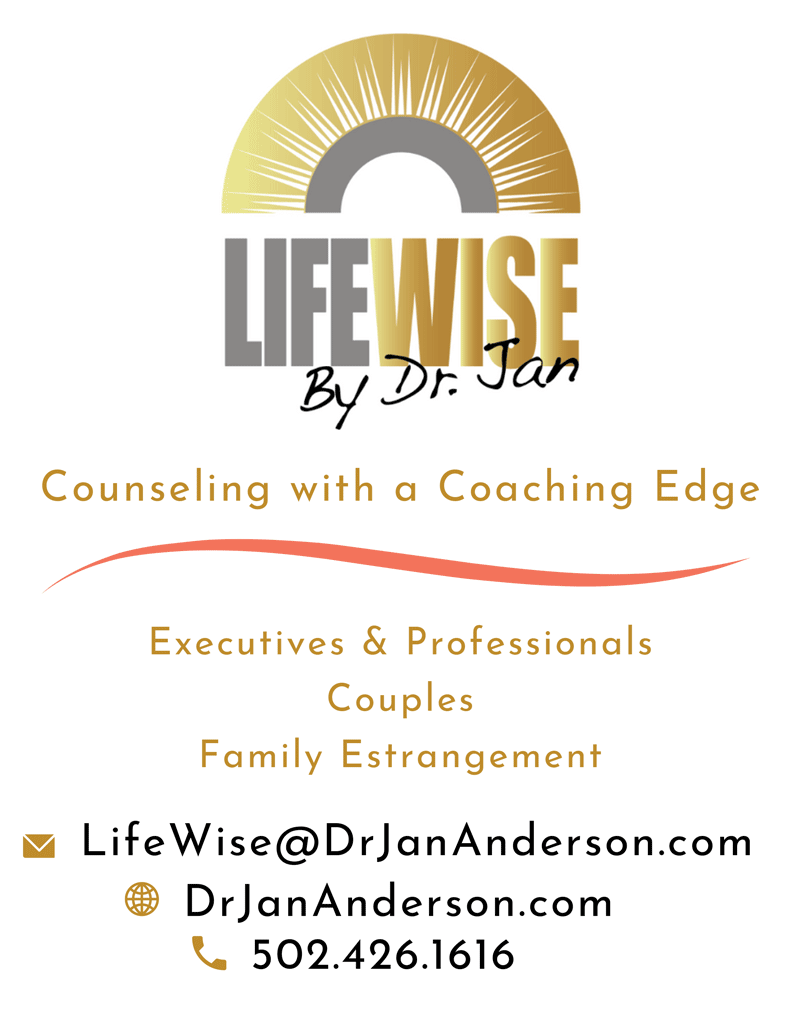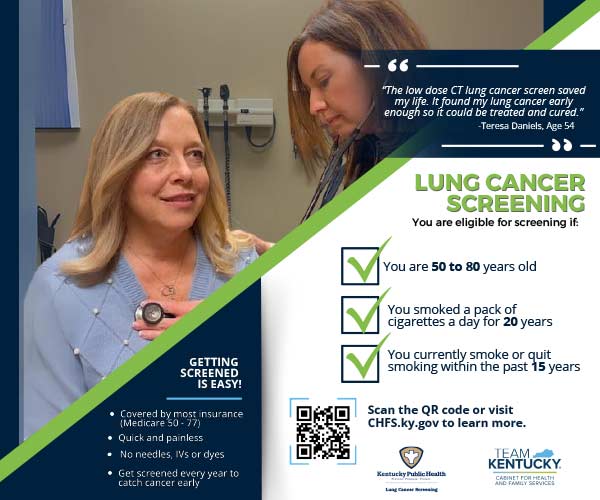Here’s a game-changer
The last person you want to have political differences with is the person you share a bed with. Trust me, I know.
In my February 2023 column in MD-Update, “Can Love and Politics Mix?” I outlined my own personal struggles with loving someone who is my polar opposite politically. I recommend you read the whole article, but here’s the gist of it: It ain’t easy.
Political polarization is painful and can be poisonous to your relationships. It can ignite explosive conflict, create emotional distance, and even threaten the foundation of your relationship.
Families, even close ones, are more vulnerable to political polarization than ever before. A recent Harris poll found that one in two adults are estranged from a close relative, with politics being the primary cause in about 40% of cases. Here’s a likely contributor: People today feel more free to treat those with differing political views with ridicule, contempt, and even aggression, according to a recent Stanford study.
Nevertheless, the poll noted that most family members estranged over politics are deeply distressed and long for reconciliation.
But how? What if I told you that your relationship can strengthen not because you agree on everything but because you can learn to disagree better?
A House Divided—but Not Broken
Learning to navigate the treacherous terrain of political differences was the last thing I expected when I walked down the aisle with my husband over fifteen years ago. When his political side surfaced shortly after we married, I was totally apolitical and totally unprepared for the FGO (Freaking Growth Opportunity) awaiting me.
The journey has been long, difficult, and very messy. And meaningful.
Every time my husband and I recover from an inevitable political clash, I feel more confident in our ability to navigate conflict and come out on the other side more connected and understanding of one another.
My life experiences have always served as a crucible for informing, shaping, and strengthening my professional work. What I’ve learned on this journey is particularly potent, and I’m eager to share what I’ve learned with estranged family members and couples in conflict.
In-the-Moment Strategies for Staying in Control: Feelings First, Solutions Second.
In my search for solutions, I took a deep dive into an unexpected and powerful synergy between neuroscience, emotion regulation practices, and business negotiating skills.
When political conflict triggers you, your rational brain takes a backseat—hijacked by raw emotion and the knee-jerk responses of your more primitive instincts. The neuroscience of regaining control is a two-step process—and the order matters.
STEP 1: FEELINGS FIRST
When you’re flooded with emotion, trying to reason with yourself is like talking sense to a panicked child. Instead, start with the same simple steps you’d offer a freaked-out toddler, drawing on Dr. Kristin Neff’s research on the effectiveness of self-compassion:
- Acknowledge the Pain: “This feels awful. I hate this.” .
- Recognize Your Common Humanity: “I’m not alone. Others have felt this too.” .
- Do Something to Help Yourself. Do it right now.
The idea is to create a physical distraction that interrupts the negativity quickly. This allows your brain to reset and redirect the conversation from explosive to productive.
Here are some examples of how to set a neutral boundary for yourself and your partner to deescalate conflict:
- Break eye contact and look down for a moment. Don’t look up. It may look like an eye roll.
- Take a sip of water.
- Take a slow, deep breath through your nose, pause briefly, then exhale through your mouth.
- Put both feet on the floor and lightly press your palms into your thighs.
When you’re emotionally flooded, it takes at least twenty minutes for your physiology to calm enough to re-engage with composure and clarity. Get good at reading your own physical and emotional arousal level so you give yourself the time and distance you need before re-engaging. You may need to take a break, take a walk, watch a movie, or call it a night.
This is how you take charge of your emotions—not by judging or suppressing them, but by working with them. Once your emotions settle, your brain’s rational, problem-solving, pro-social part comes back online. Now, you can respond rather than overreact or shut down.
STEP 2: SOLUTIONS SECOND
Solution #1: Don’t Try to Solve the
Problem. Learn to Manage the Problem.
Have you ever felt blissfully at one with your partner, only to wake up the next day wondering if they’re from another planet? That’s the paradox of relationships.
Marriage researcher John Gottman found that almost two-thirds of relationship conflicts are “perpetual.” These disagreements are based on fundamental personality and lifestyle differences — introvert vs. extrovert, night owl vs. early bird, thinker vs. feeler, risk-taker versus risk-averse, etc. Political disagreements are often perpetual relationship problems. Each partner’s political stance is typically rooted in deep personal values and beliefs.
Here’s the good news: Gottman found that relationships don’t require complete harmony to be stable and happy. He discovered that all couples — happy and unhappy — argue.
It turns out that relationships thrive not because you agree on everything. Your relationship thrives because you figure out how to disagree better.
The goal is to manage the problem rather than try to solve it. This involves making trade-offs, finding common ground, meeting halfway, or adjusting to accommodate each other so you can move forward together — despite your differences.
NOTE: Here’s what’s essential: Find a middle ground that doesn’t feel like a lose-lose.
Learning to Manage Our Differences: An Up Close and Personal Example
At times, the tension over the presidential election grew so intense that we weren’t sure our marriage would survive the ferocity of our opposing views.
I credit my husband with negotiating a middle ground that honored his lifelong commitment to civic engagement and was rooted in respect for each other’s emotional boundaries. He offered not to vote for the presidential candidate and instead vote down ballot only. That was big, for him and for me. I’ve always felt like politics is more important to him than me. Maybe I was wrong. I offered not to vote for president either.
Then, my husband (wisely) suggested the need to “trust but verify.” We drove to the polling place together. After voting, we showed each other our ballots and then went to dinner together.
Some of my clients found more success with the opposite approach. Even though they vehemently disagreed, both partners felt the need to support each other’s right to vote. How does the approach make you feel? That’s what determines its success. We each gave up something. Was it disappointing? Yes. Did it feel lose-lose? No. Was it worth it? Absolutely.
Solution #2: Set Boundaries That
De-Escalate the Conflict.
We’re learning that not every political issue has to be a battleground. Saying “what everybody else is thinking but afraid to say” may play well on political talk shows, but it can tank your marriage’s Nielsen ratings.
Some conversations are better left unspoken, not out of avoidance but out of respect for each other’s emotional well-being.
My biggest takeaway about boundaries? Know my limits. I can overestimate my ability to actively listen, stay curious, and remain tolerant. Instead, I’m finding it better just to be human. Sometimes, it’s better just to walk away.
Solution #3: Use Both/And
Thinking to Bridge Differences.
Even though the current political divide has deepened, the frequency, duration and intensity of our political dustups has decreased.
We have not changed our political beliefs or the passion with which we hold them. So, what changed?
Both/And thinking is a game-changer when it comes to navigating differences. It’s like a Jedi mind trick that helps you recognize how seemingly opposing perspectives can both hold truth and have value.
This mindset shift expands your ability to see the validity and potential in all sides of an issue — fueling creativity rather than limiting choices.
Instead of feeling trapped in an Either/Or dilemma, you’re free to explore a “third way” — a solution that integrates the best elements of both perspectives.
This approach doesn’t just resolve conflict; it unlocks new possibilities that wouldn’t exist in a black-and-white framework.
When I first tried the Both/And examples below, I was surprised at how hard it was. My either/or wired brain wrestled with the cognitive dissonance:
- I can be deeply upset by my husband’s political beliefs, and I love my husband.
- My husband can hold political beliefs that are offensive to me and treat me with respect and consideration.
- My husband can support bad people and be a good person.
Both/And thinking forms new neural pathways in the brain, and practice will groove those pathways and make this mindset feel easier and more natural.
By working with your brain — not against it — you can stay in the driver’s seat, navigate intense emotions, and engage in problem-solving. The goal isn’t just to calm down. It’s to stay in control and at the table when it matters most.
If you are struggling or know someone struggling to get a foothold in treacherous political terrain, check out my many website blogs at www.DrJanAnderson.com If you want a personalized approach, schedule a free 5-minute consultation to see if I’m the right helping professional to support you.
Life is too short to live in a political divide from the people you care about most. Trust me, I know.






